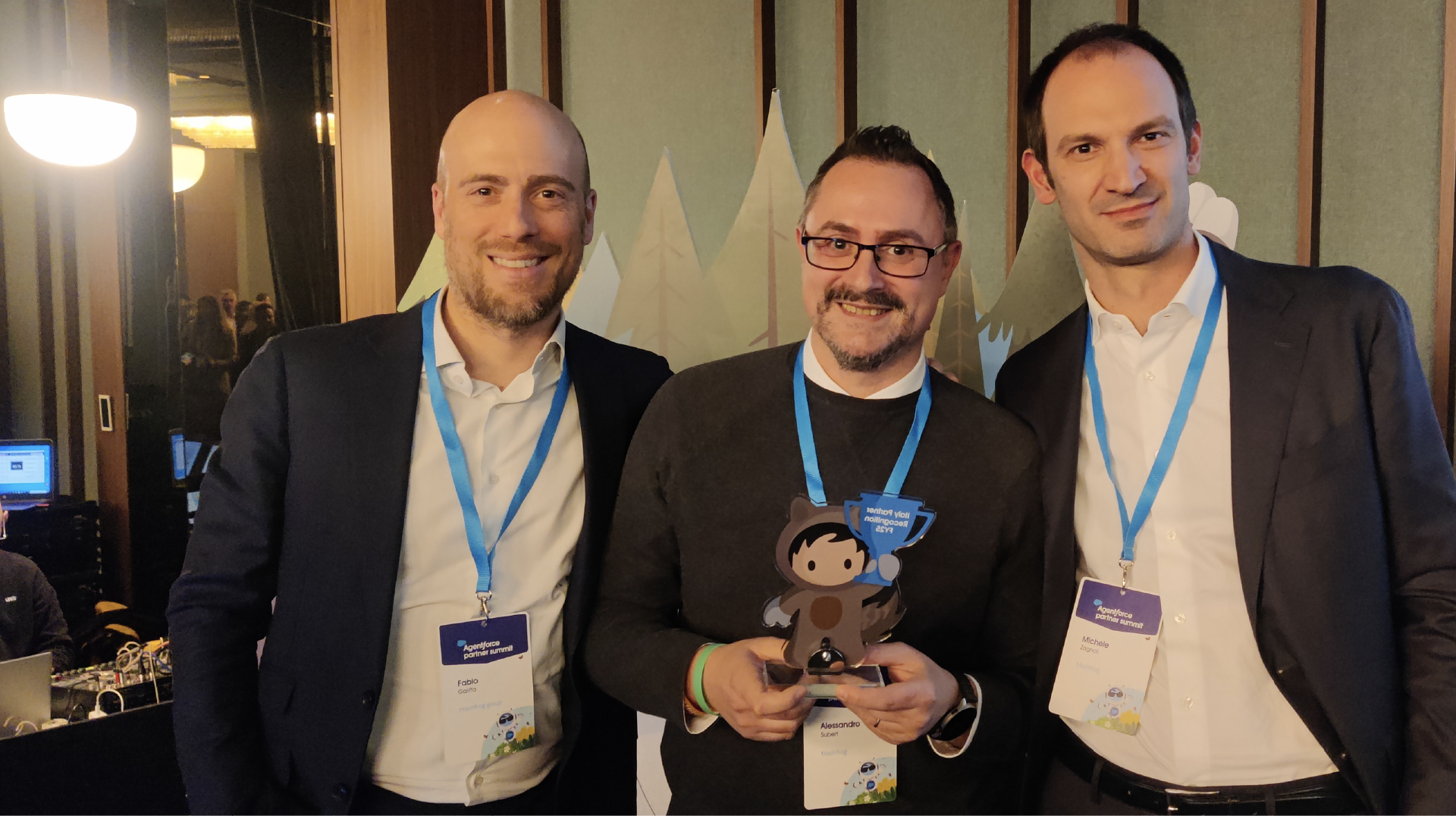What is Conversion Rate Optimisation?
How do you optimise a funnel? What aspects should be improved and steps taken in order to create a successful marketing campaign? Let’s see how the performance of an online platform is improved through CRO.

In this latest instalment of the “Mashfrog Digital Youniversity”, Alessandro Aldieri, CRO and SEO Specialist, explained to us what CRO consists of, the tools required to implement it and, in particular, the benefits gained from this process.
We’ll start, naturally, with the main definition: CRO stands for Conversion Rate Optimisation and consists of a series of actions to support marketing activities and improve their conversion rate. Its entire focus is on analysing users and their activities, so it should not be confused with other marketing activities, such as campaign creation or the development of graphics and content.
CRO is implemented in four stages:
- Identifying the conversion funnel or one of its parts
- Configuring tracking and defining goals for improvement
- Analysing user behaviour and interactions through sitemaps and video recording
- Experimenting with A/B tests
Identifying the conversion funnel: the customer journey
Defining and analysing the funnel is the first step for effective CRO, because to analyse user behaviour on a portal you need detailed knowledge of the path they take from landing on the site to purchasing the product, the final stage in the customer journey.
Alessandro explained to us that the funnel can be imagined as divided into three sections.
The three stages of the funnel, from top to bottom, are:
- Top of Funnel (TOFU)
- Middle of Funnel (MOFU)
- Bottom of Funnel (BOFU)
TOFU is the awareness stage and is the highest part of the funnel. At this stage, users are referred to as cold leads, since they are unlikely to go directly to making the purchase, so the goal is to bring the leads to the next step of the funnel, through the greatest possible exposure on all the channels selected for your strategy.
MOFU groups users who are at the interest stage, in other words, all those who have shown an interest in the product or service and must therefore must be assisted or “accompanied” to the final purchase.
Finally, at the BOFU stage we find users who are about to make the purchase, for example those who have already added the product to their cart, or who have already purchased and must therefore be followed through remarketing actions.
Funnel analysis consists in verifying the number of users who pass from one stage to another, in order to understand which of the three needs should be addressed: a slight decrease from the first to the last is normal and expected, whereas a drastic decrease can be an alarm bell that requires specialist intervention.
What is a conversion and how is the conversion rate calculated?
Conversion consists in the action the user takes within the platform and is the ultimate goal of a marketing plan. It can be macro (purchase, lead subscription) or micro (add product to cart, newsletter subscription) and is normally measured as a percentage. To calculate the conversion rate, simply apply the following formula: (number of people who perform the action / total number of clicks) x 100.
Configuring tracking and defining goals: which tools to use
Effective CRO requires the use of at least three tools: Google Analytics, Hotjar and Google Optimize.
Alessandro explained them to us in detail.
Google Analytics
Analytics allows us to monitor all users in a particularly effective way, for example by setting goals, comparing different time periods and segmenting users in relation to source, medium and channel.
In addition, by setting goals we can obtain the conversion rate for micro conversions based on the type of traffic.
Of course, the origin of the traffic already tells us which stage of the funnel users are at. For example, those who connect directly to the site are at the interest stage and know the brand or product for sale. In contrast, those who come to us through a generic search on Google are approaching the brand for the first time and are therefore at the initial awareness stage. We know from this that the conversion rate of the former will be higher than that of the latter.
For e-commerce platforms, Google provides another invaluable tool: Enhanced Ecommerce. This plug-in provides several features, including funnel tracking, which gives the number of users and shows the traffic, divided based on the source, medium or device, thus allowing users to be segmented also for remarketing campaigns.
Analytics also lets you check for errors that can adversely affect the conversion. By creating events through JavaScript, we can read the error messages seen by the user, the reference URL and the line of code in which they appear, and thus intervene directly. Errors can include browser console errors, errors in filling out the form, which may be displayed incorrectly, or alerts.
So far, Alessandro has been referring to precise stages of the funnel, but he is also keen to point out that CRO can be performed on the entire site. For example, refining your SEO can correct various problems, such as incorrectly structured html, slow loading or non-optimised text.
Using Hotjar to analyse user behaviour
Hotjar provides two particularly useful tools: heatmap and videorecording. The first lets us see the parts of the page where users make the most clicks, and also where they linger the most, based on the position of the mouse. The second is essential for discovering and analysing critical issues. For example, it informs us about users who add products to their cart but do not complete the purchase. In both cases, the tools in Hotjar are extremely useful for detecting any User Experience problems on the platform.
Performing A/B tests with Google Optimize
Optimize allows us to set up A/B tests, which are necessary in order to see whether solutions improve or worsen the conversion rate. With this tool we can show users two different versions of a page or an individual element of it: the colour of the text, the background of the CTA, the layout of the elements or a copy, and much more. One of its obvious strengths is its seamless integration with Analytics. Within it we can find the data recorded by each version of the page displayed to users and see which of them performs best. Then, having performed a proper analysis, we can set up the work based on the data collected, always in relation to the source, the medium and the channel of the traffic.
To conclude, Alessandro reminds us that Conversion Rate Optimisation is a necessary task for any platform and for any type of goal, as it enables us to identify all problems and critical issues and to intervene correctly and precisely to improve performance.
SEO Specialist & CRO Alessandro Aldieri started out as a web developer and then acquired strong skills in search marketing, obtaining excellent results in various sectors. His individual Google Analytics qualification, combined with his scientific academic background, make him particularly inclined towards data analysis and in particular the observation of user behaviour, in order to improve the conversion process. He has been with Mashfrog since October 2017 and deals mainly with SEO and Rate Optimisation Conversion for several of the group's customers.


